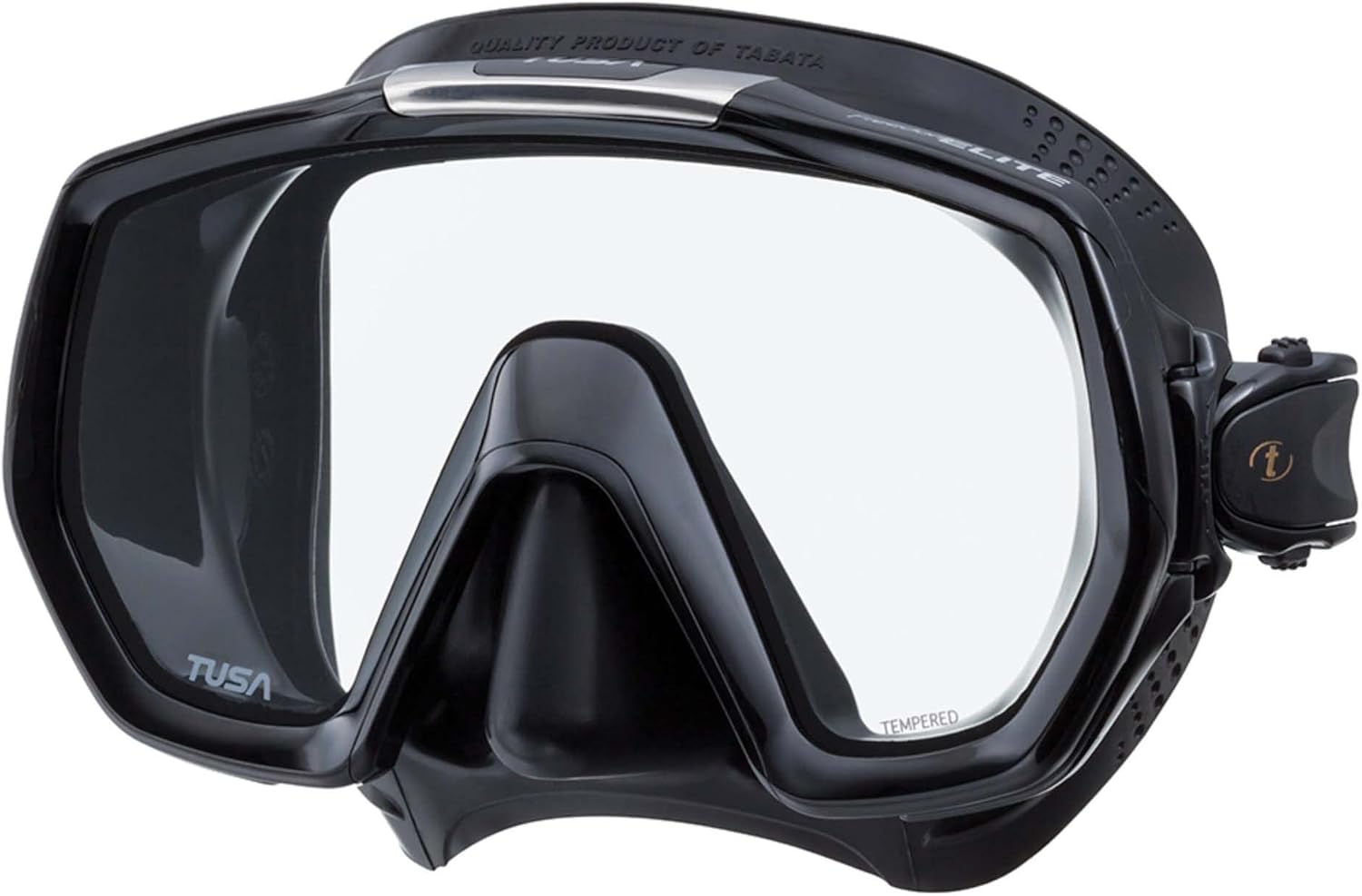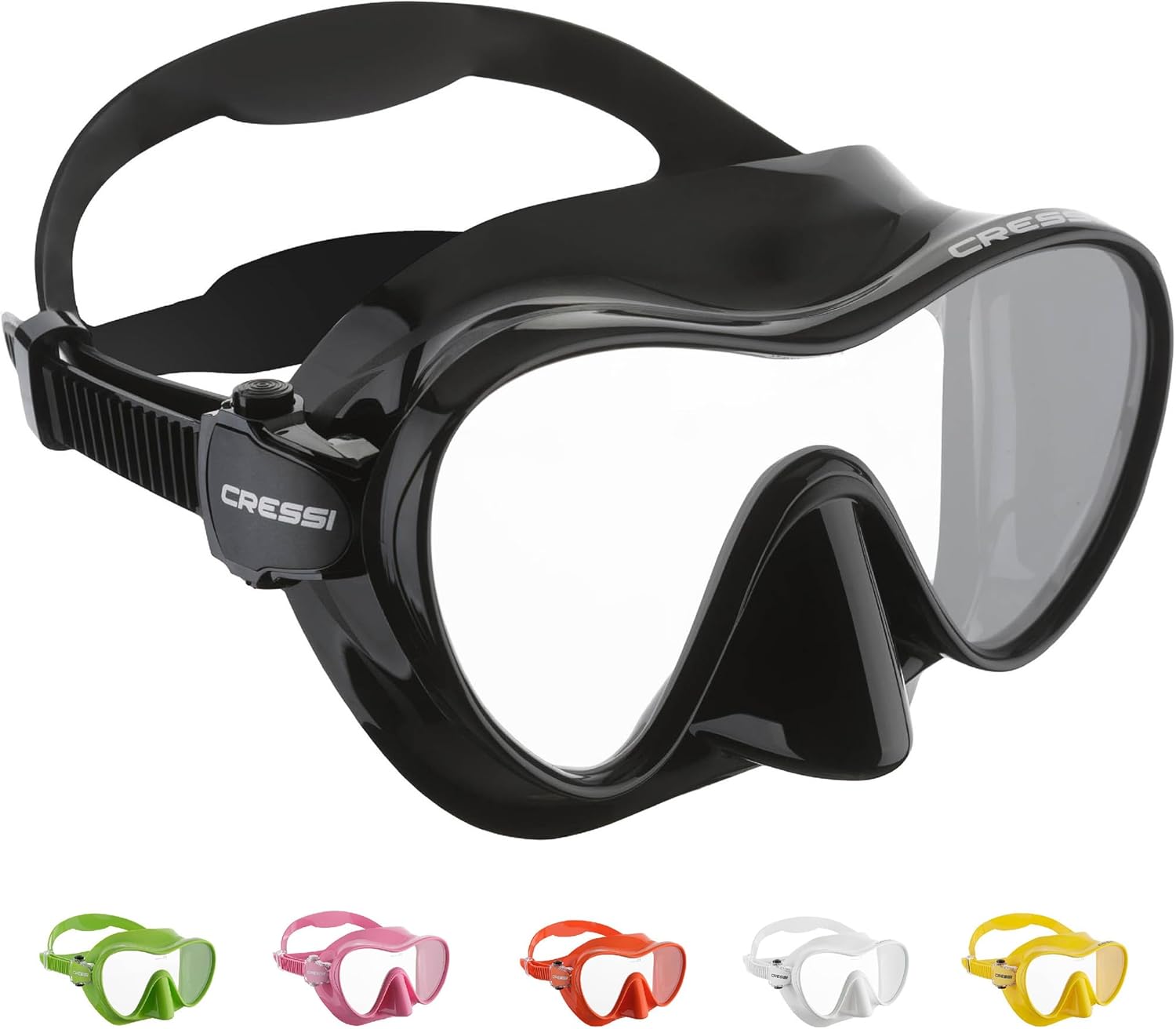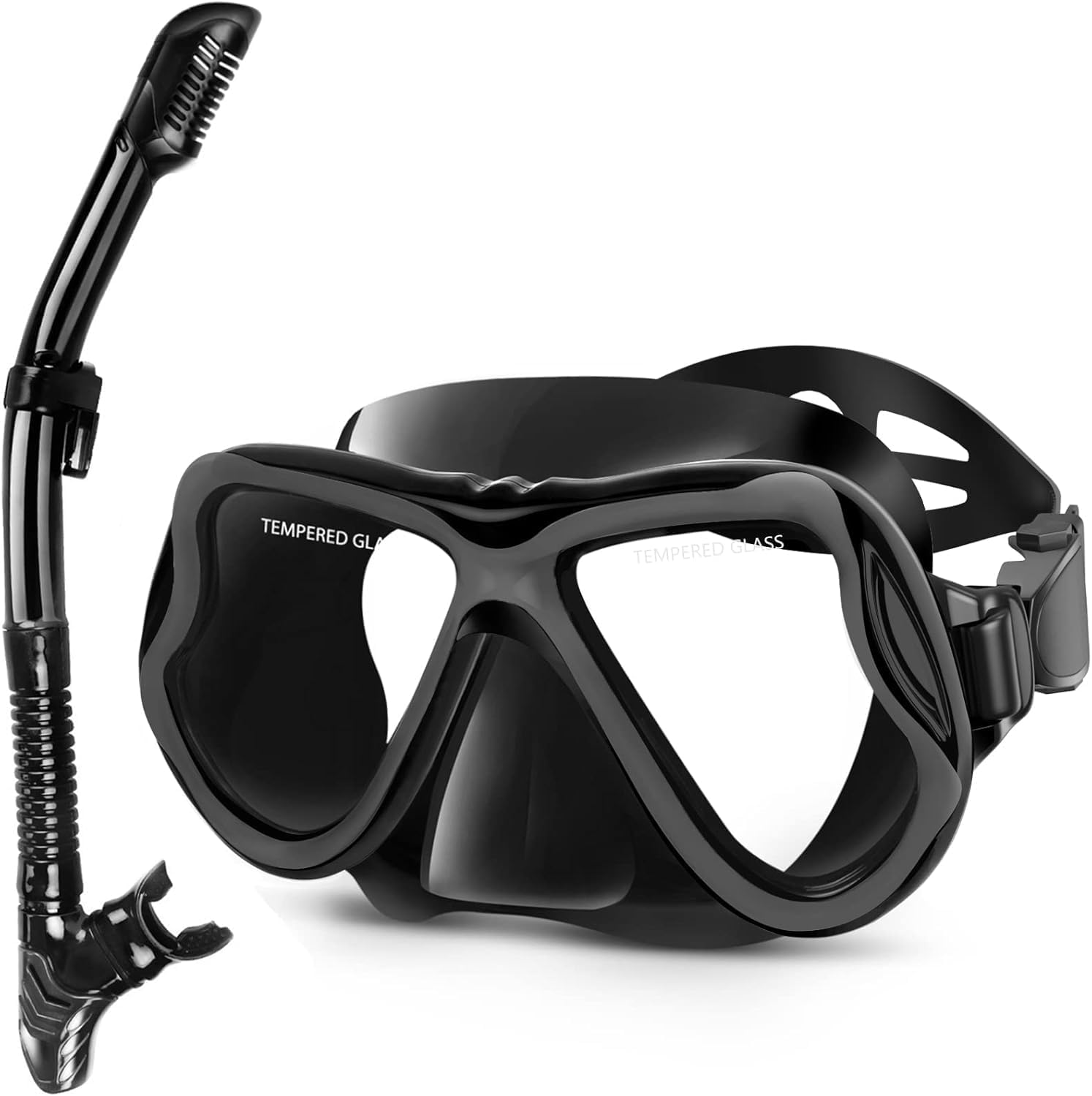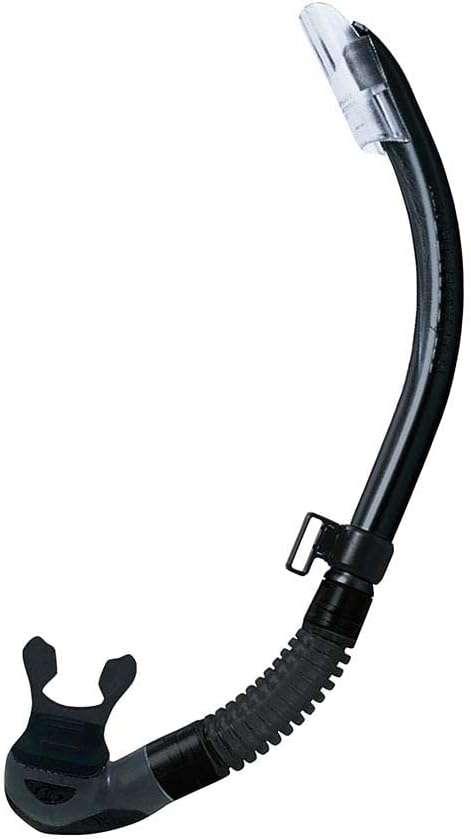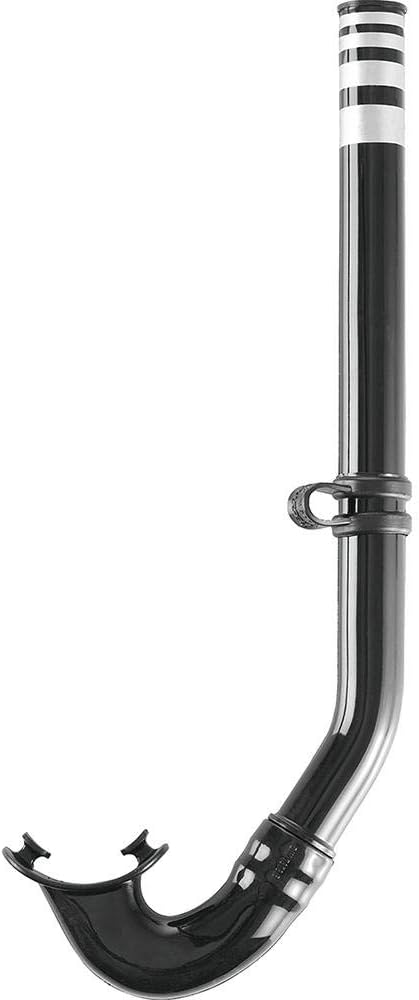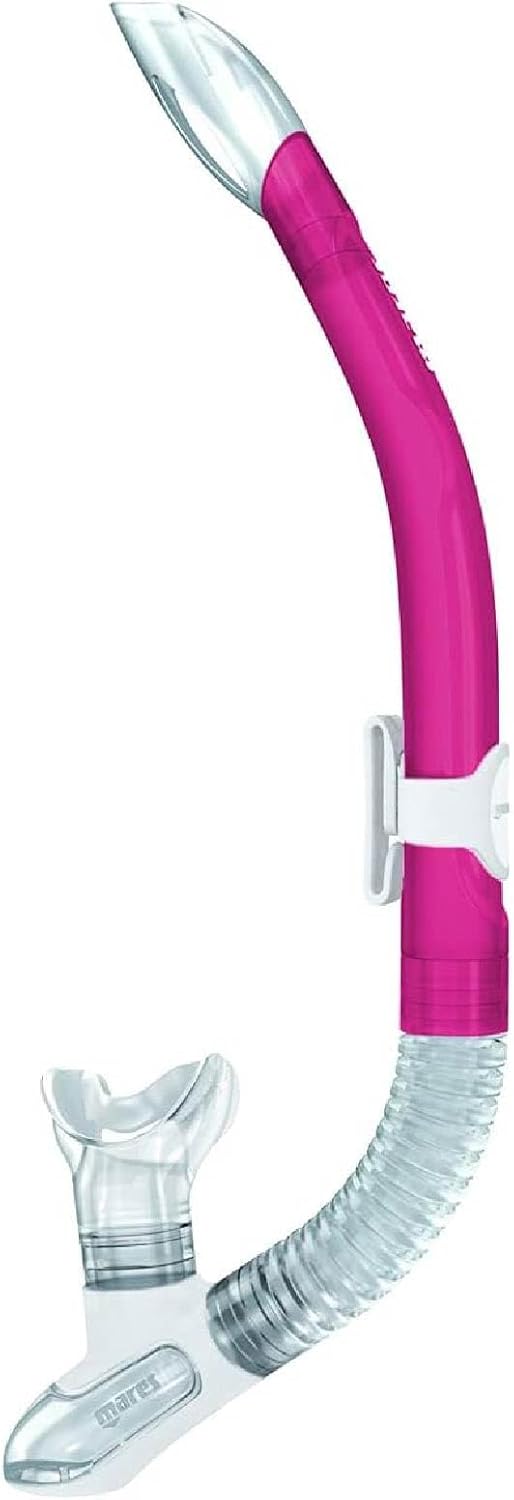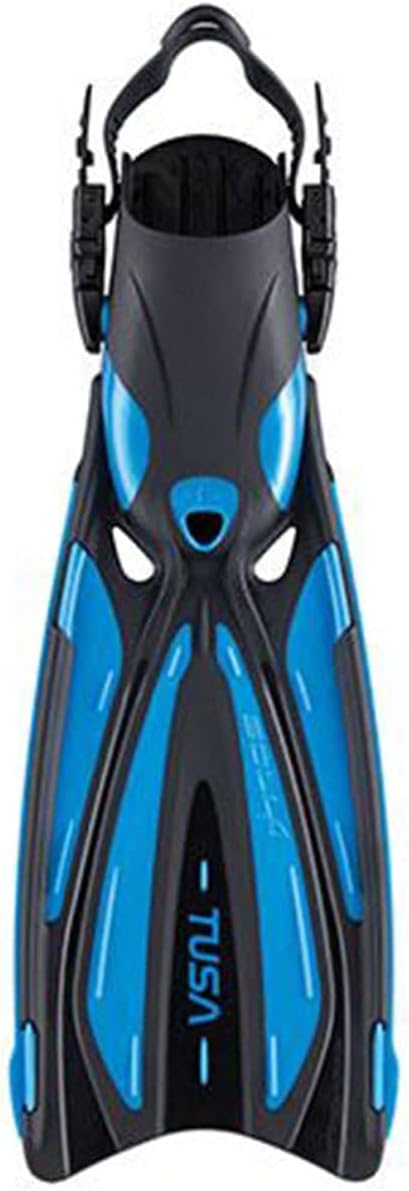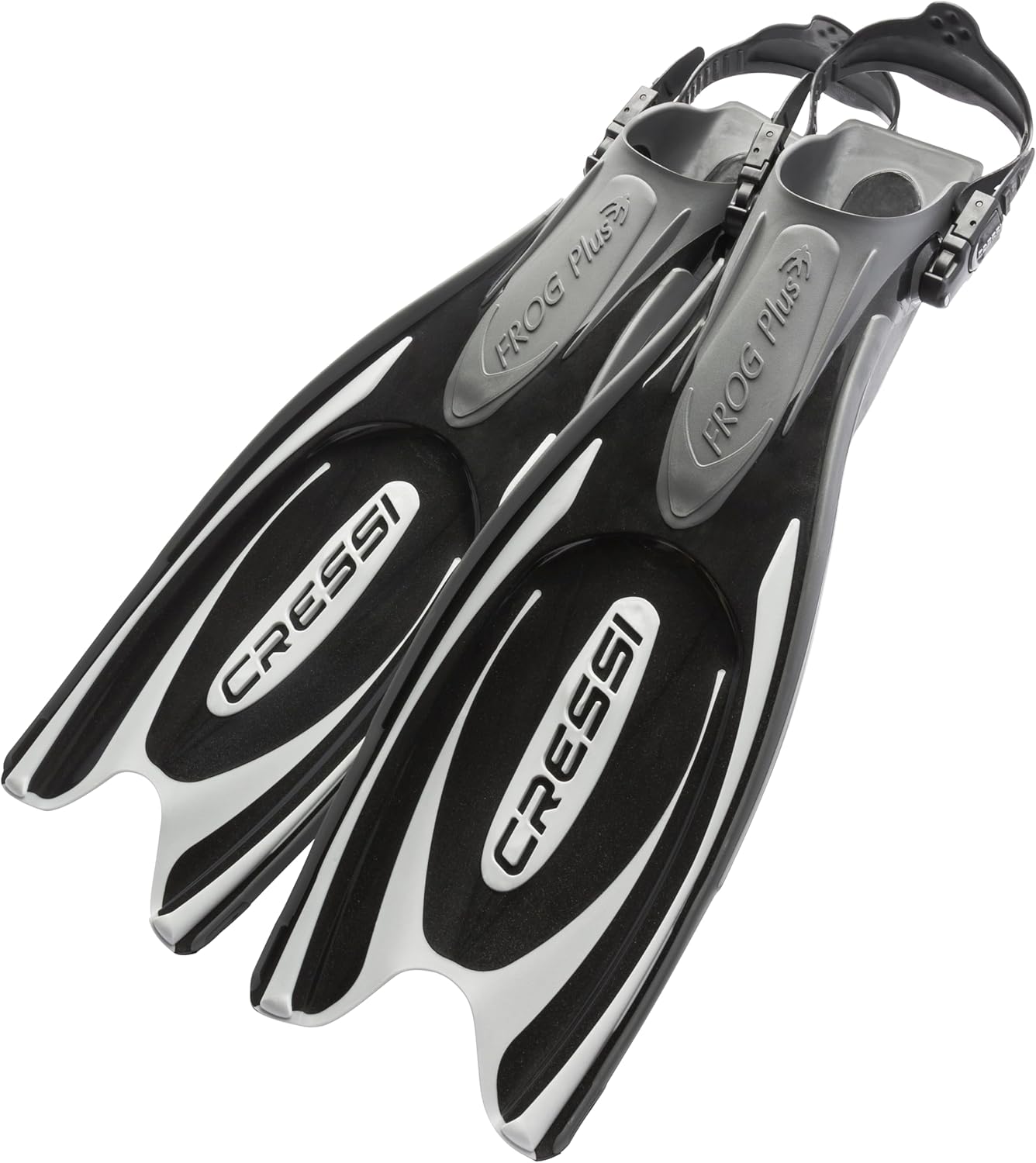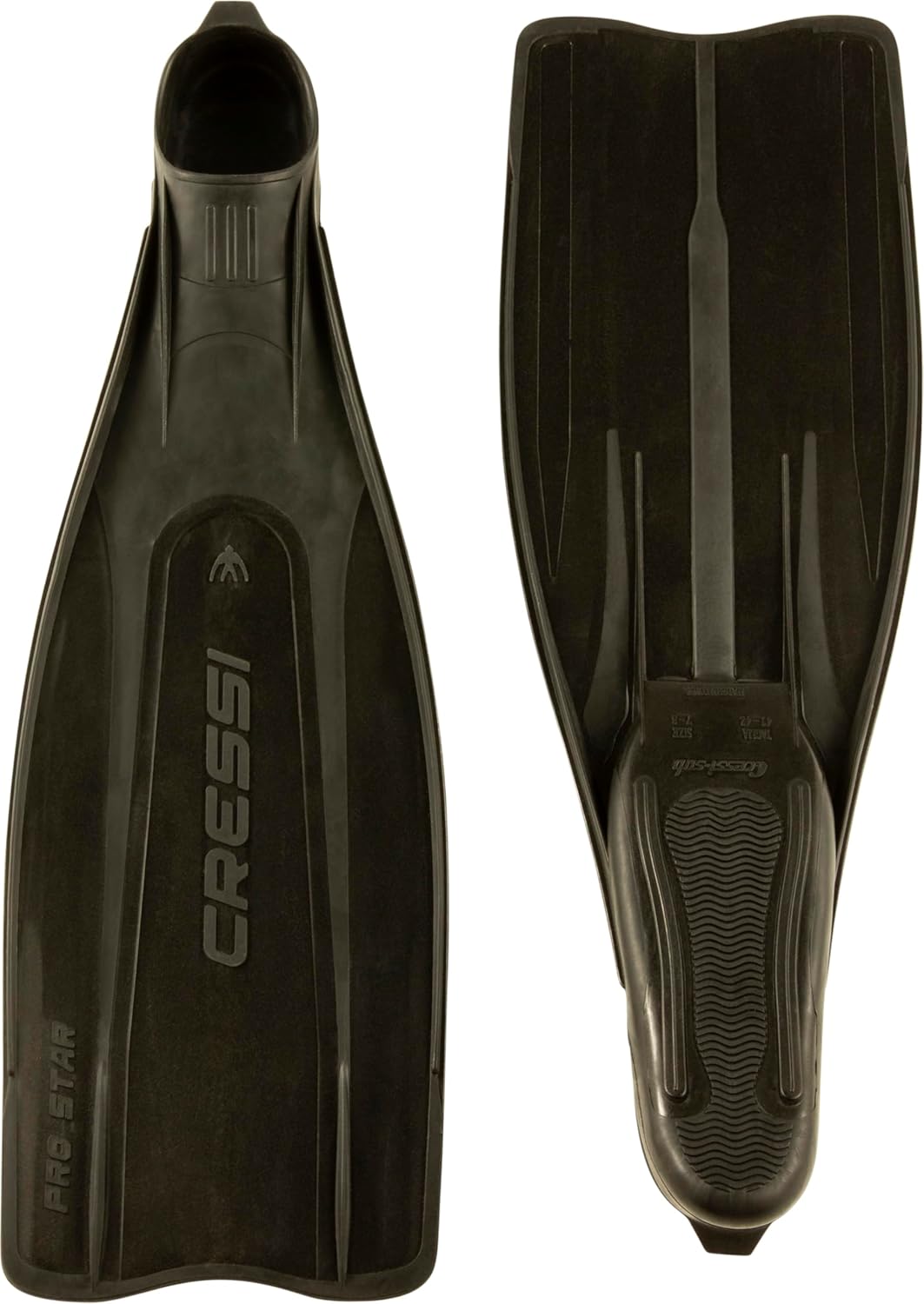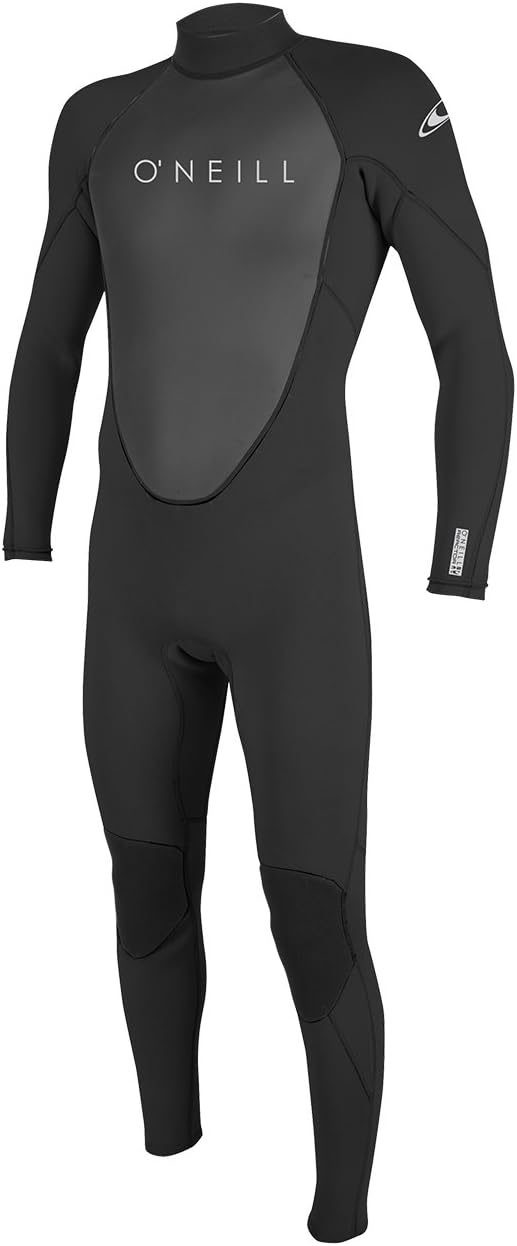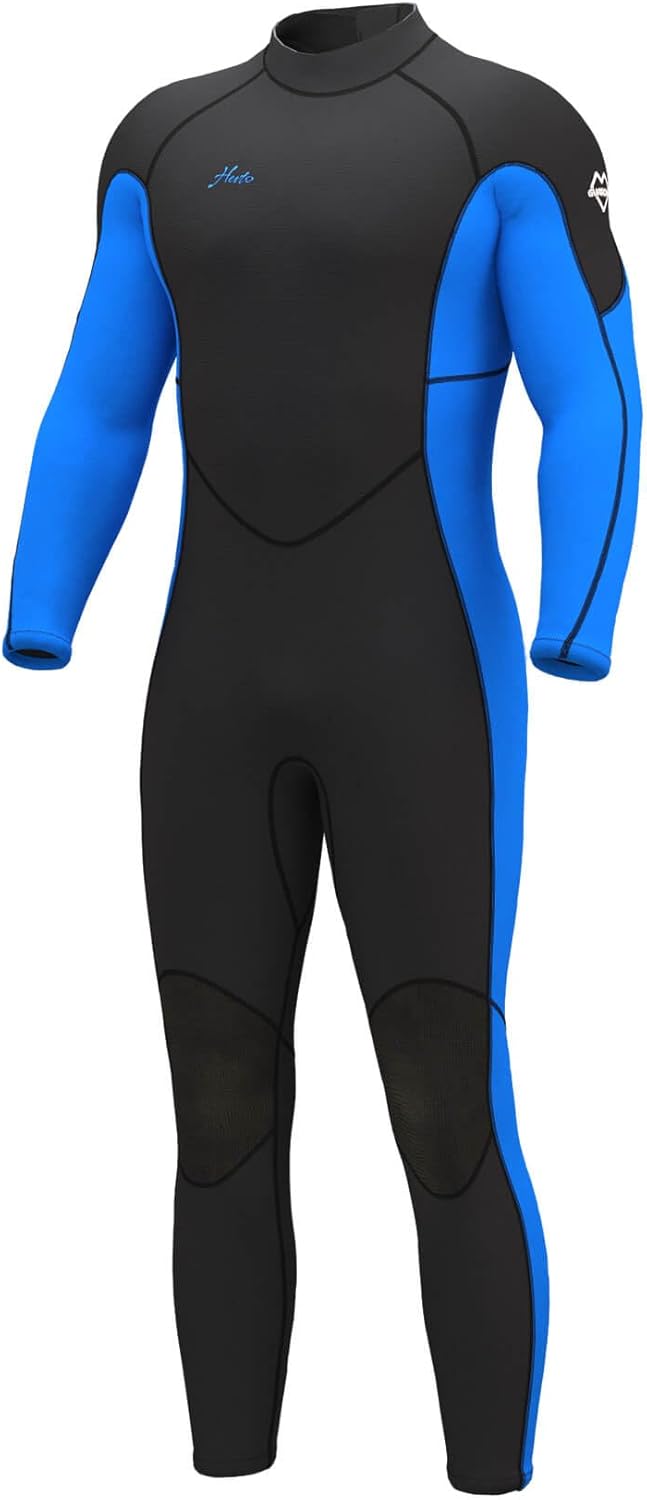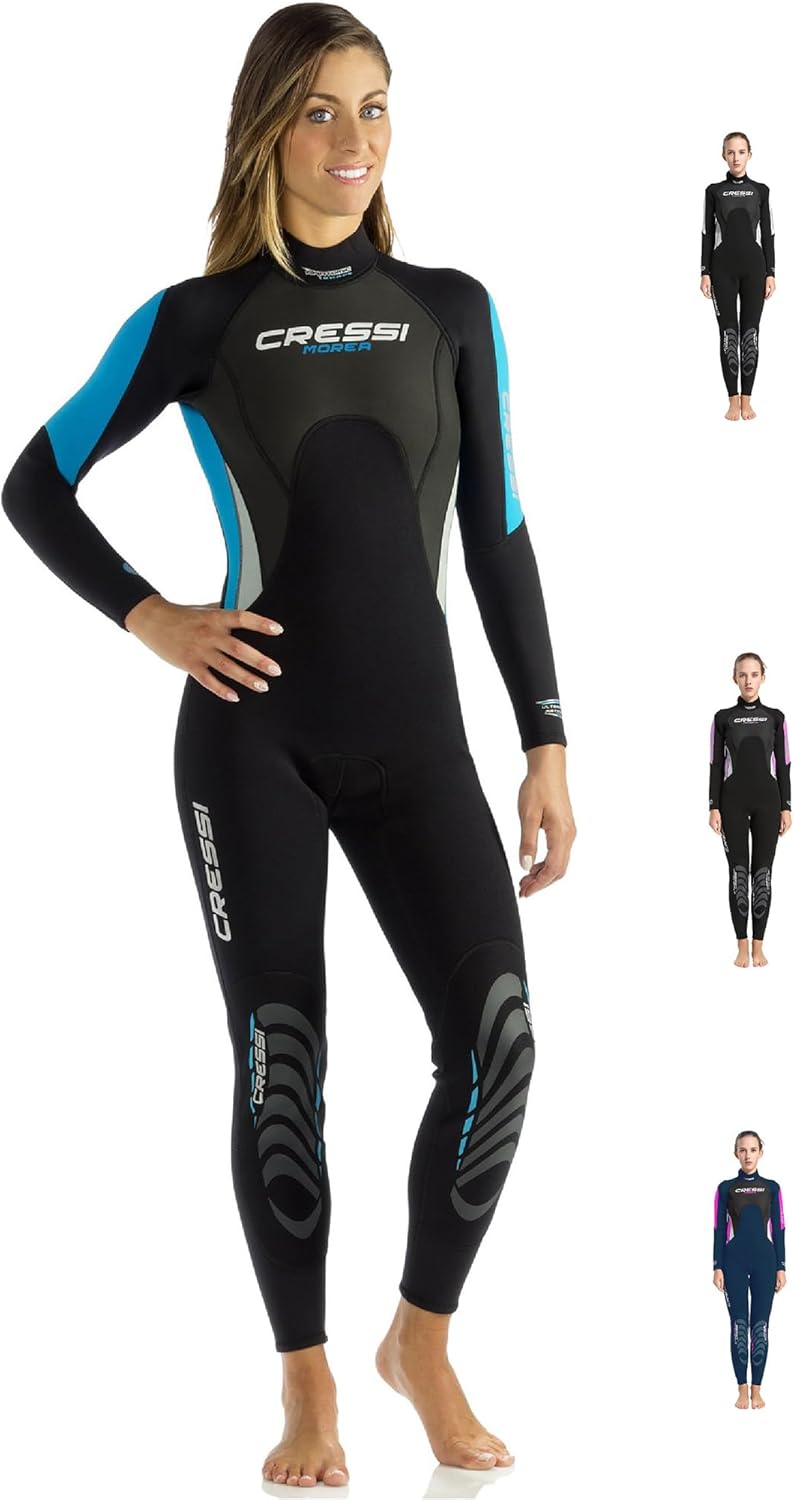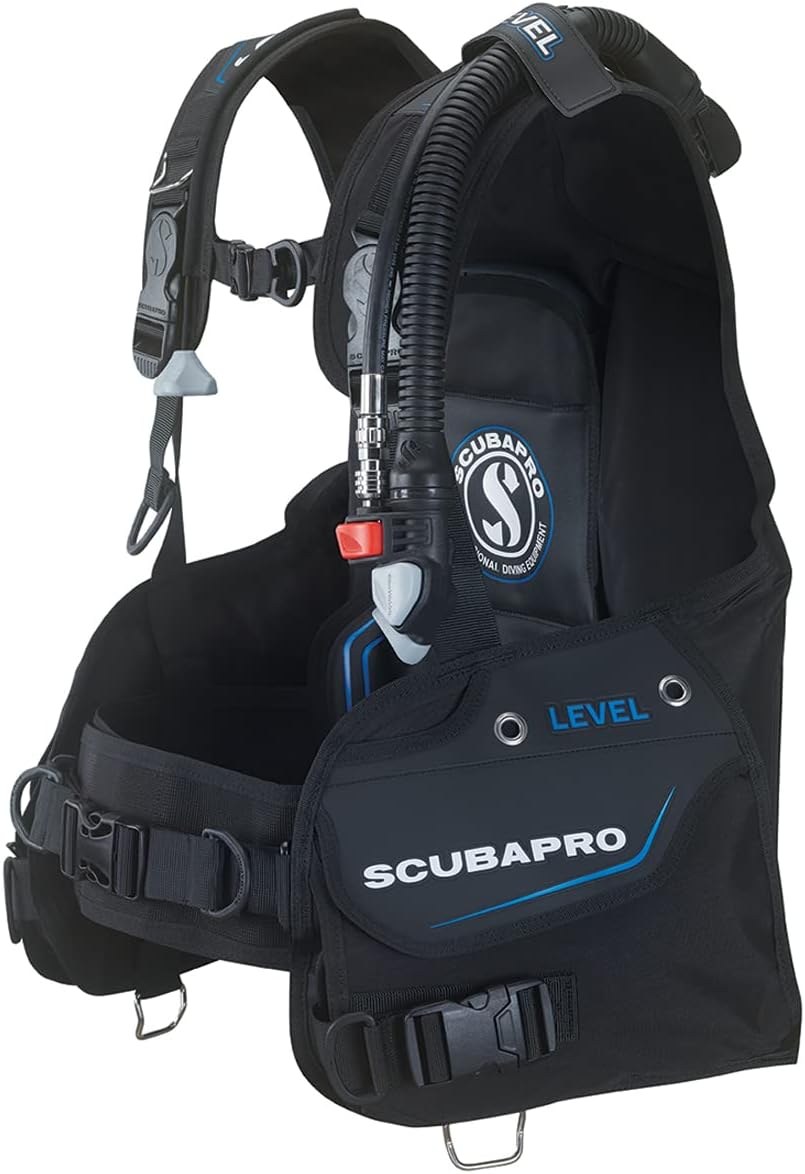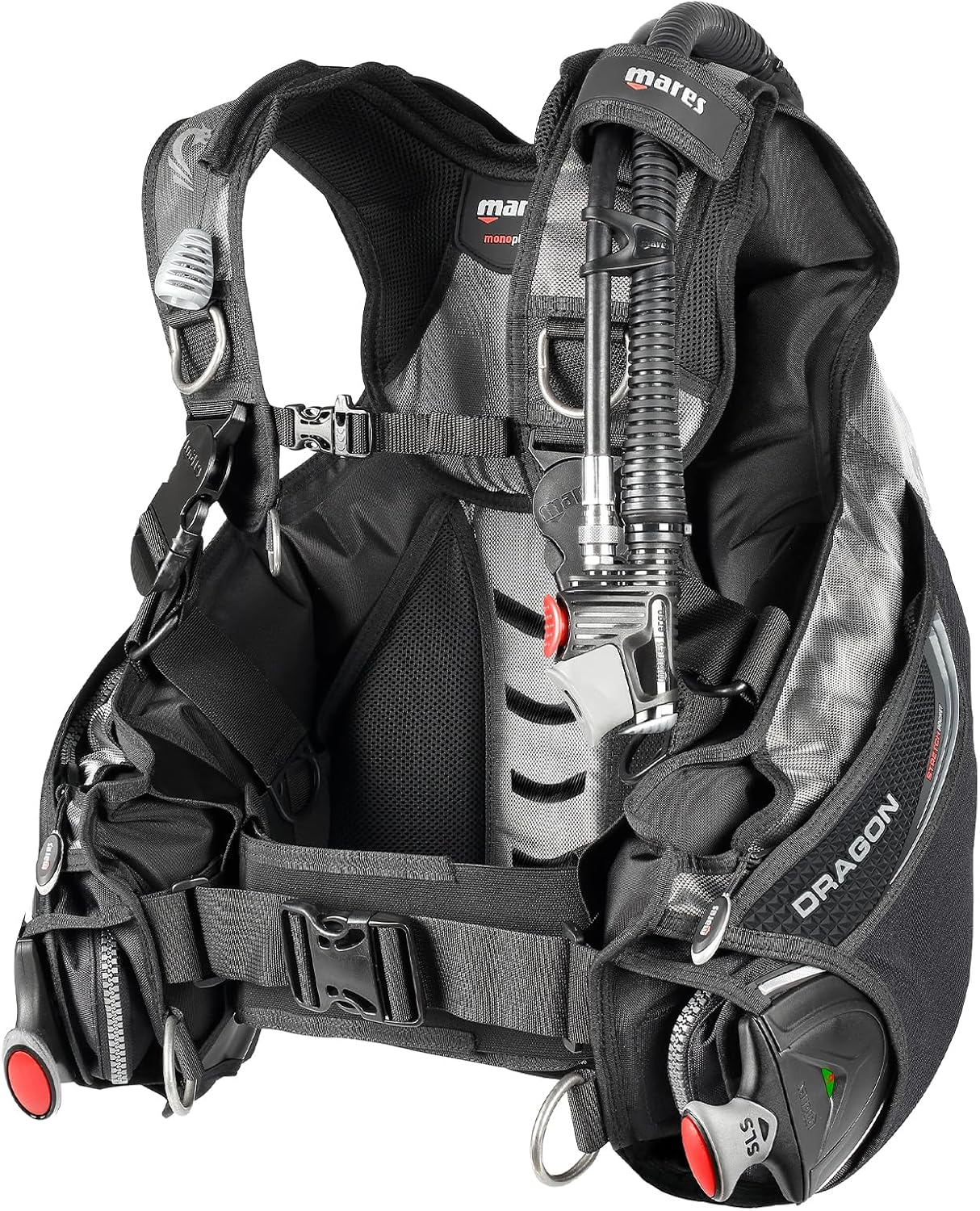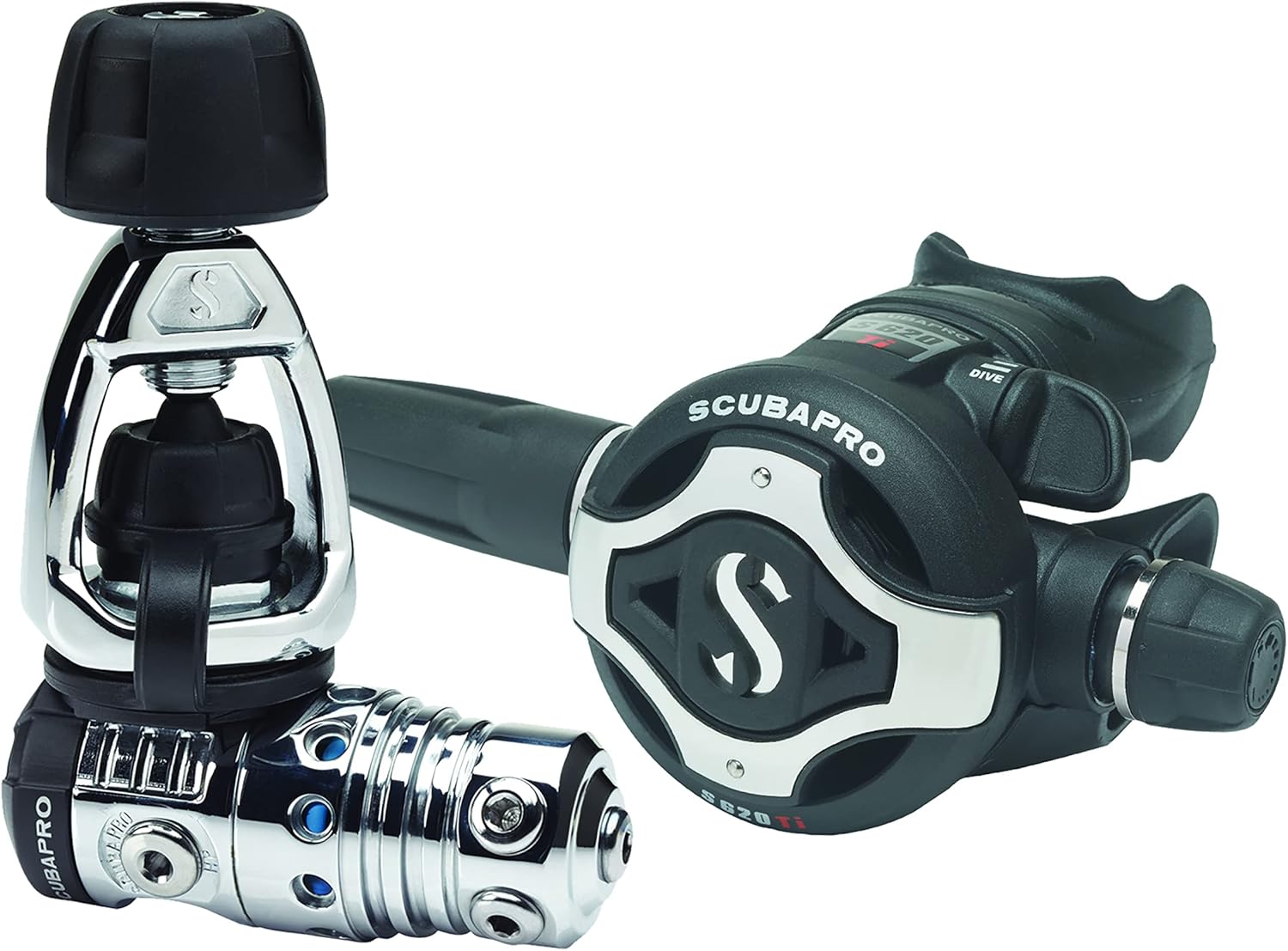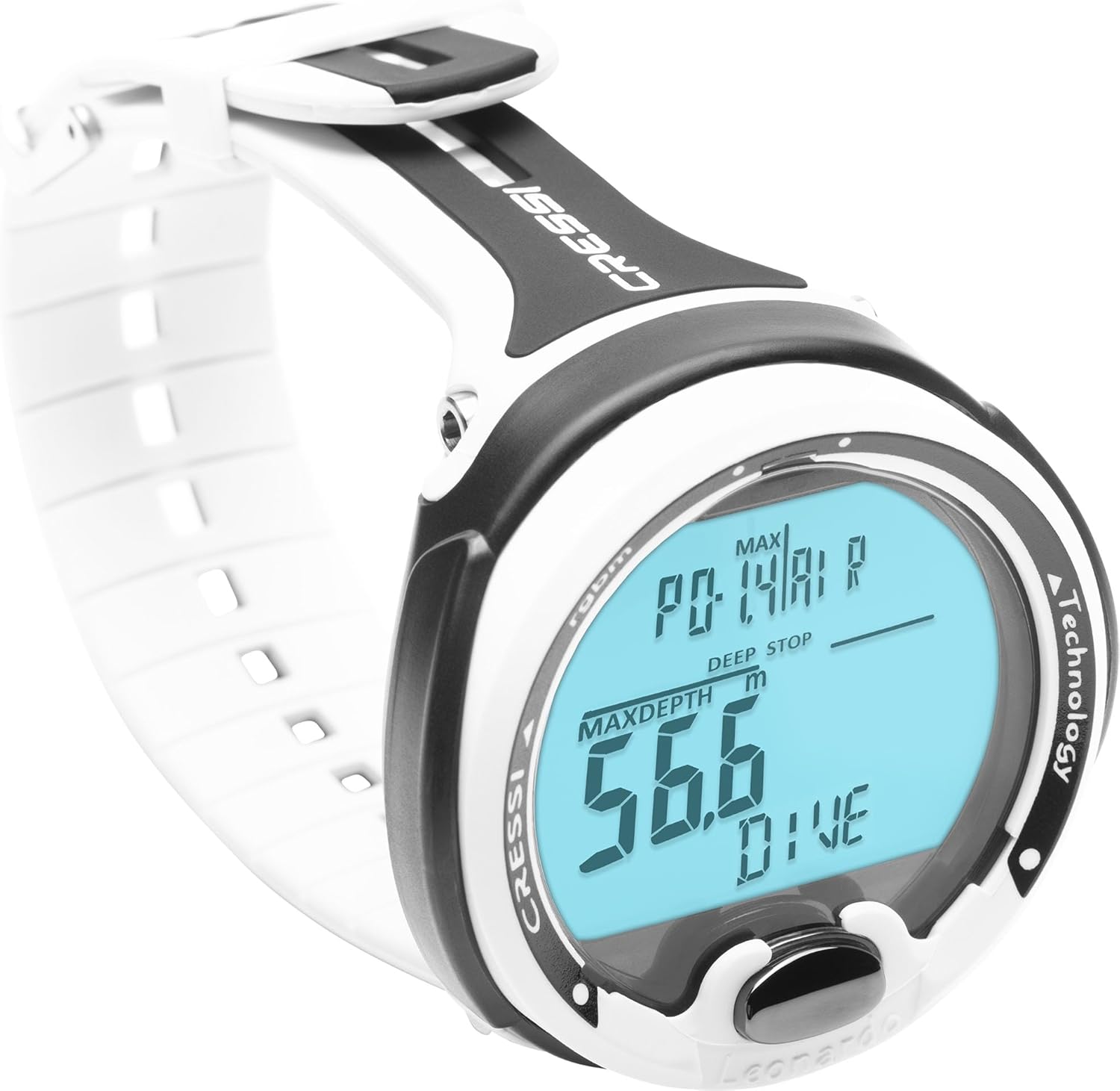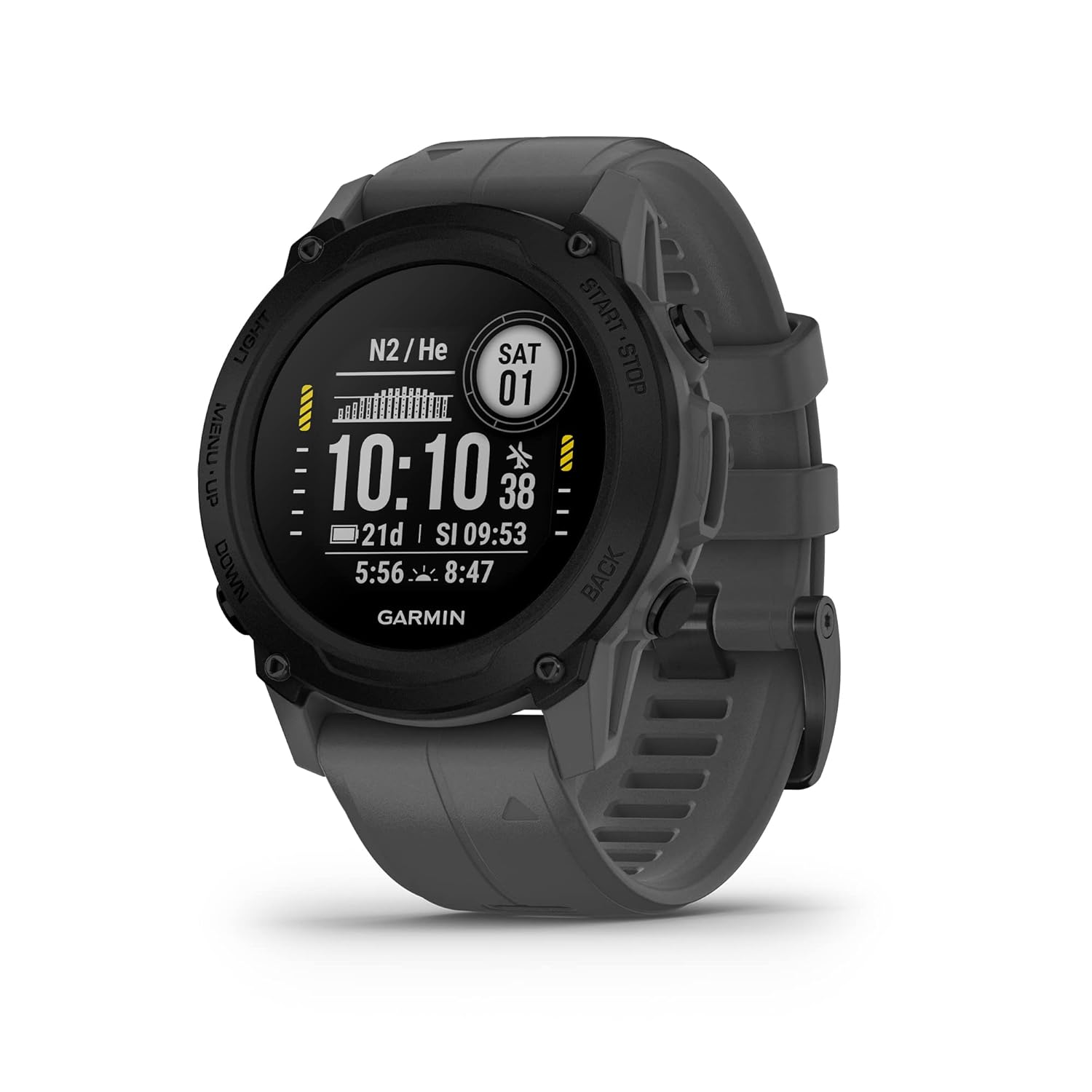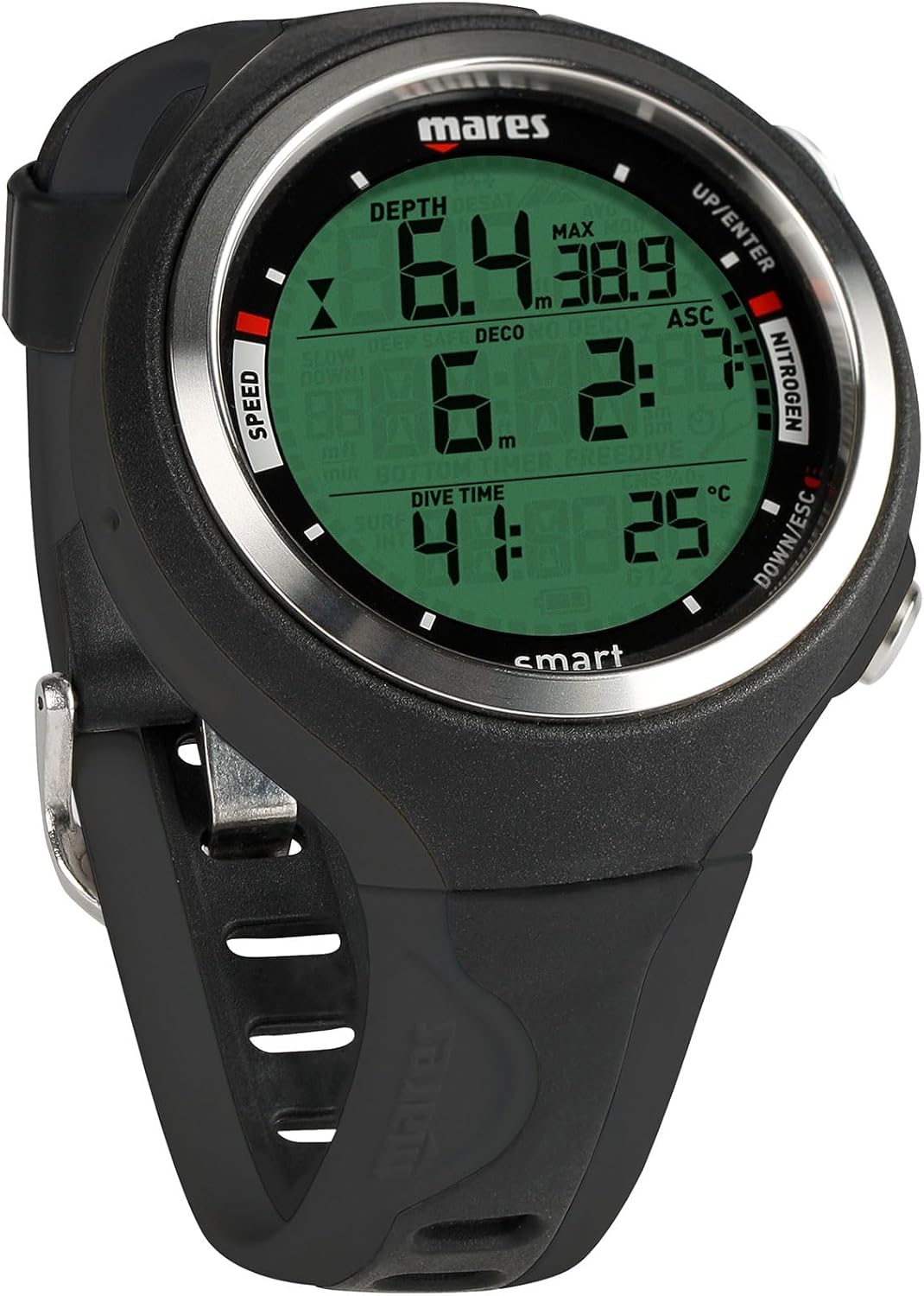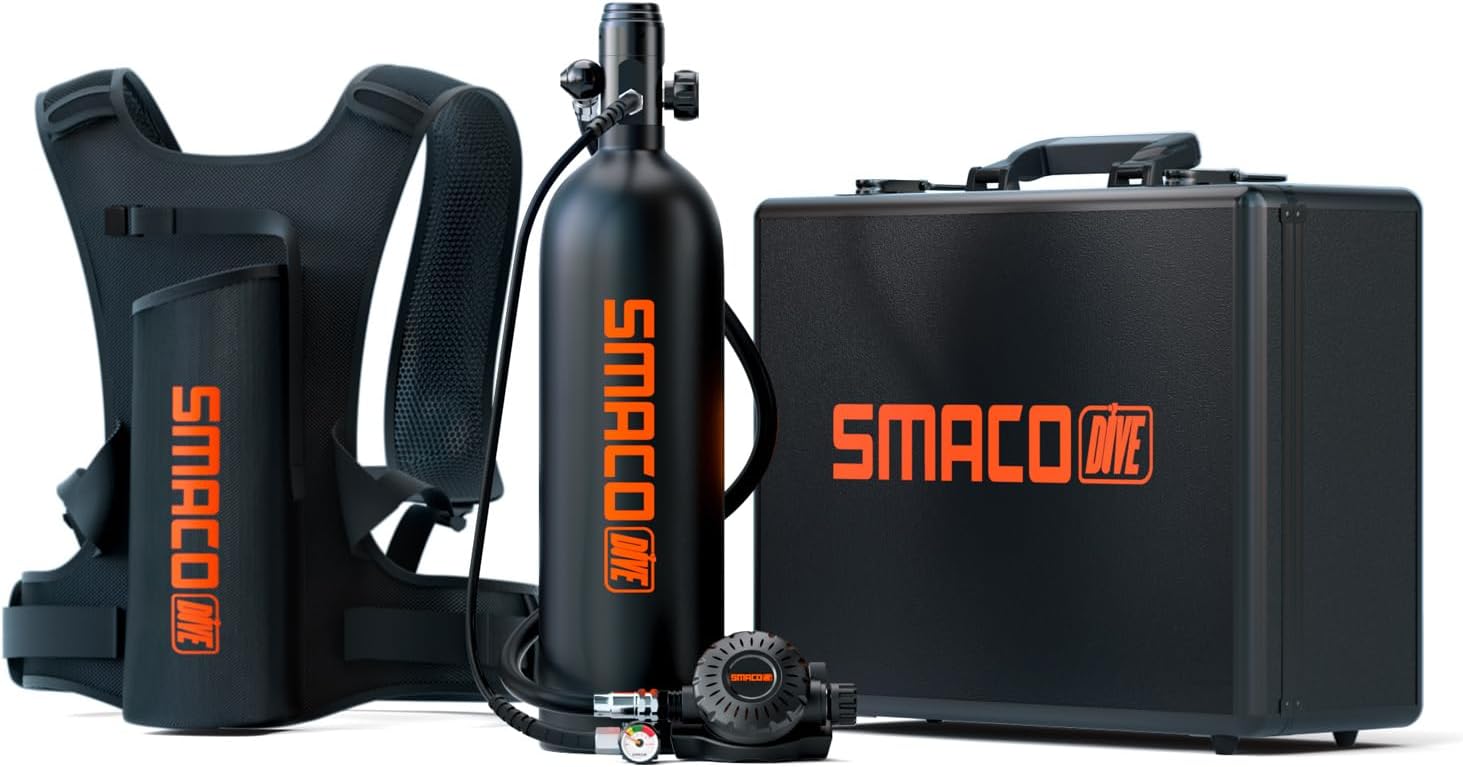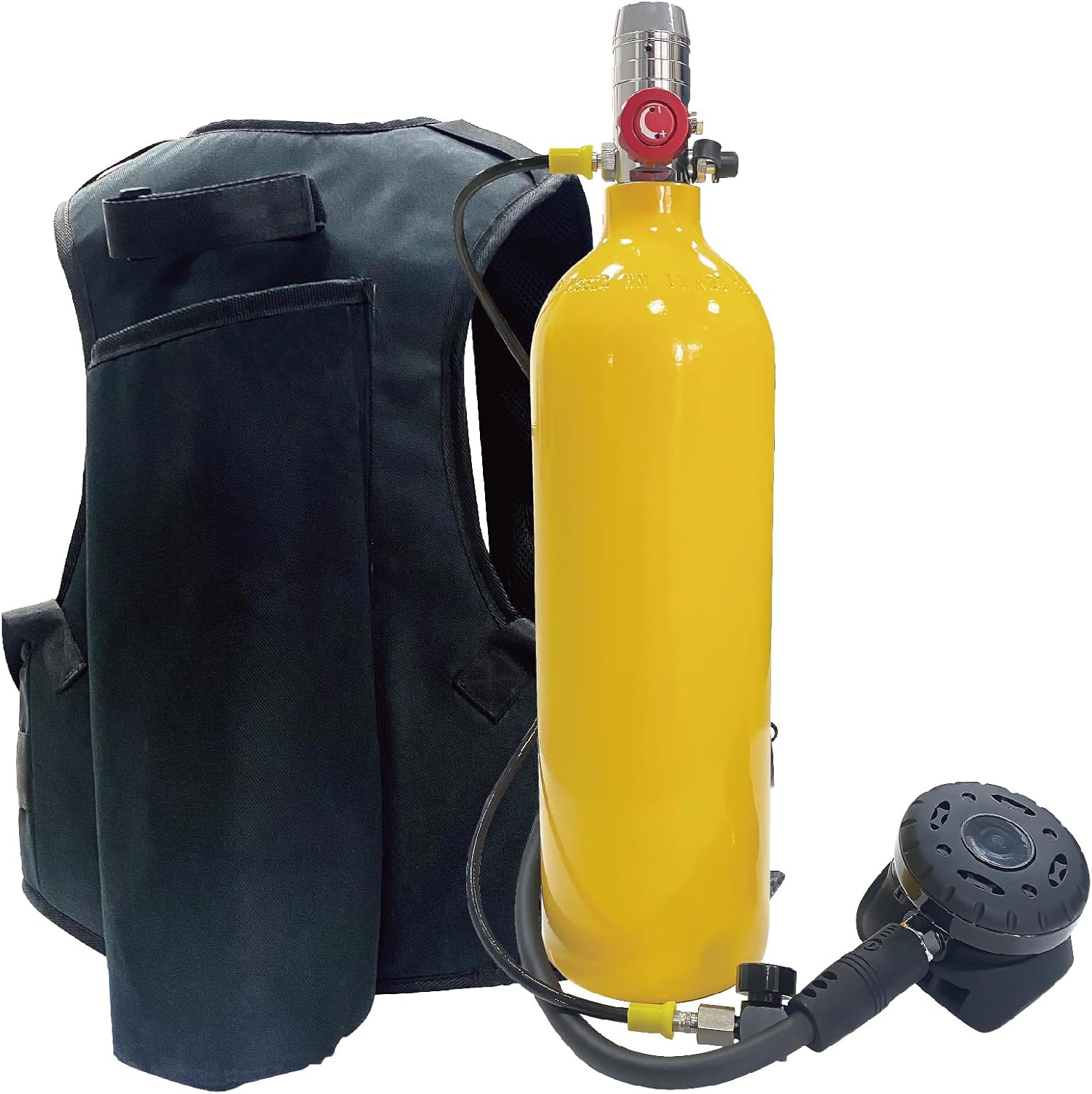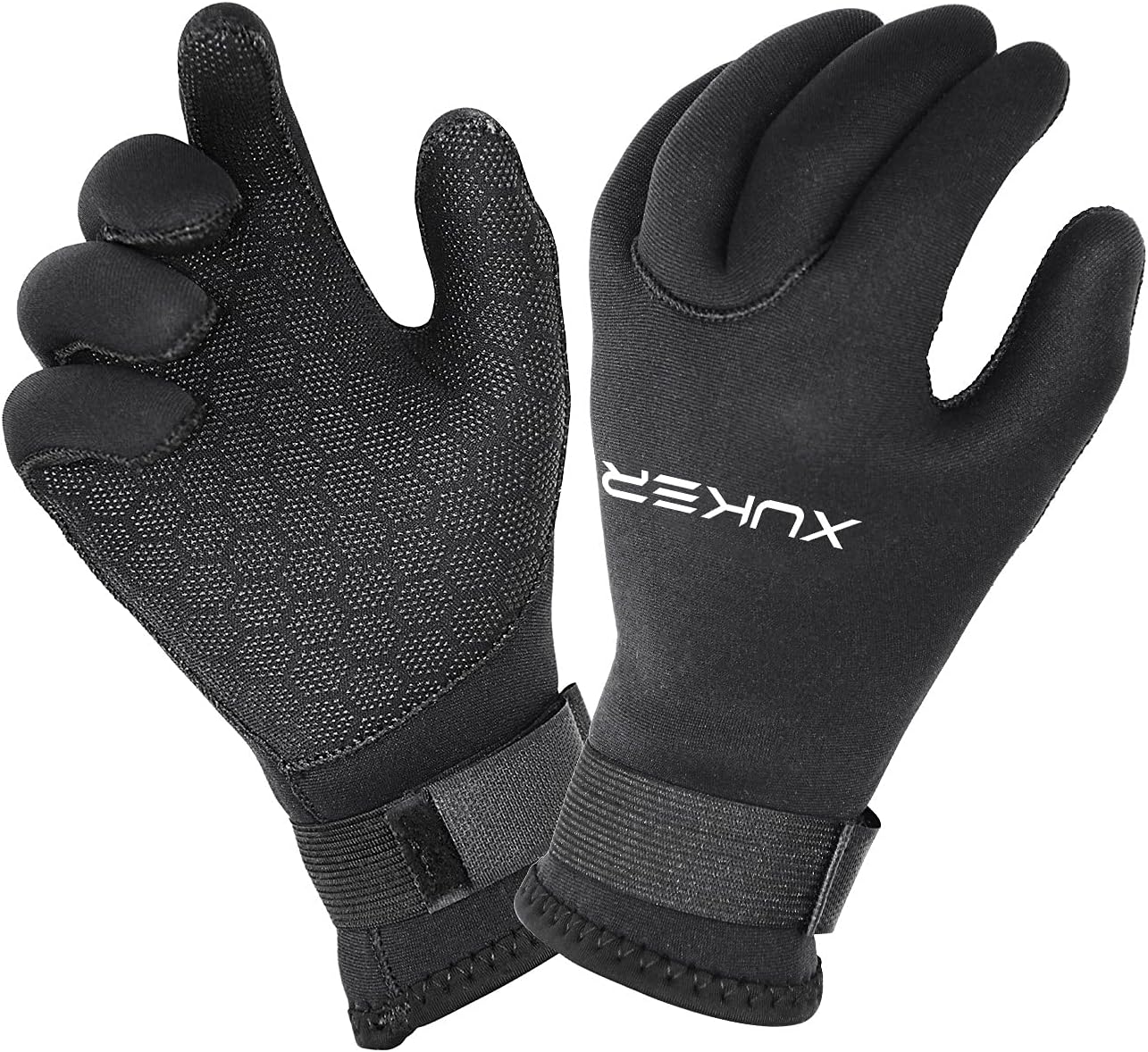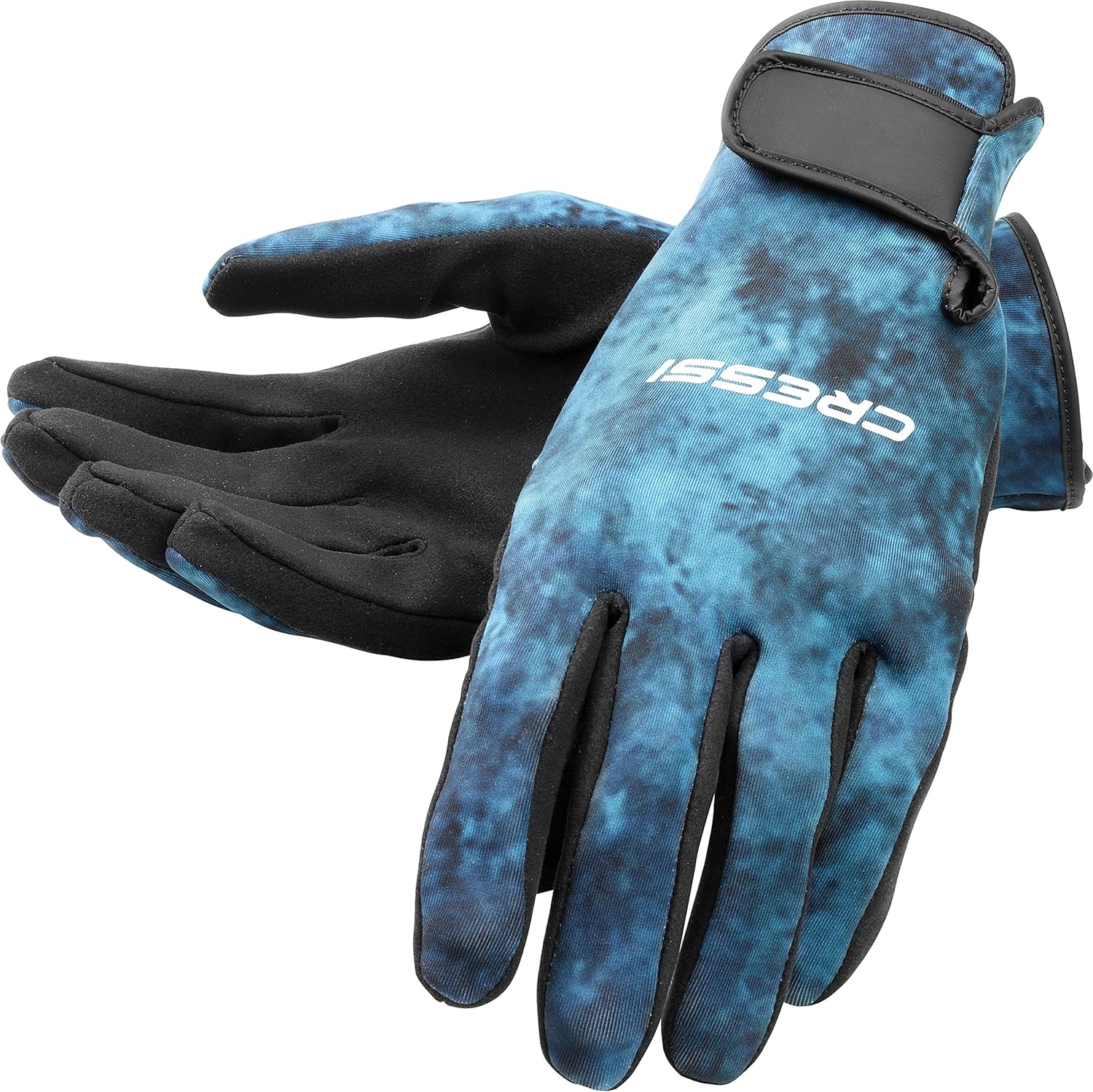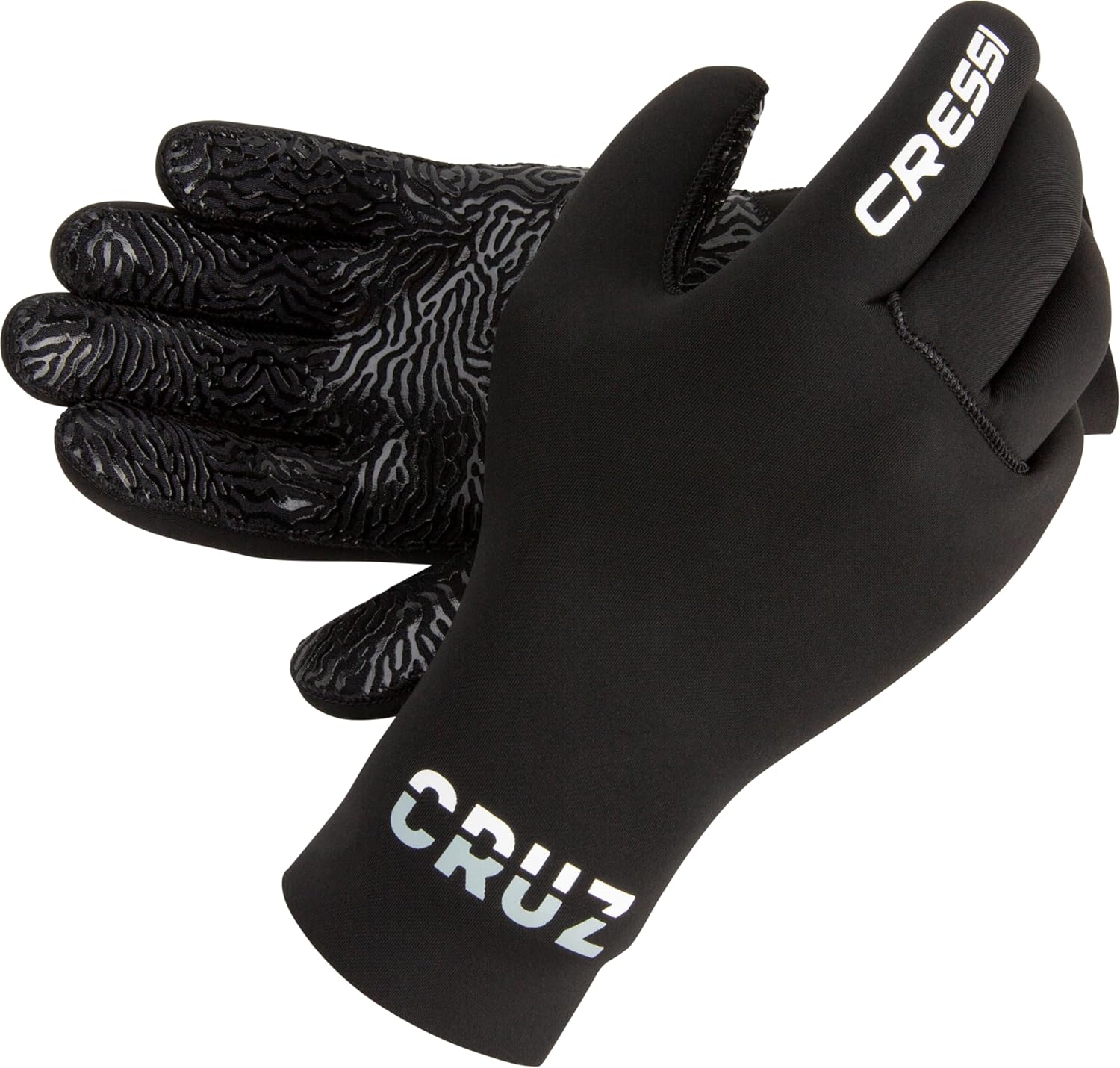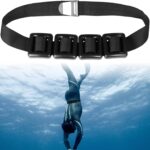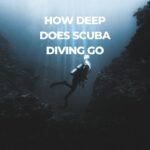How Much Does Scuba Diving Gear Cost
How much does scuba diving gear cost? Well, let’s put it this way; if your wallet just let out a tiny gasp of panic, you’re not alone. Scuba diving isn’t exactly a “buy a snorkel and jump in” type of hobby. It’s more like a commitment, the kind where your bank account nervously asks, “Are we really doing this?”
But here’s the good news: scuba diving doesn’t have to be financially terrifying if you know what to expect and that’s exactly what we’re going to discuss here.
From fins to dive computers, rentals to full-on gear investments, this guide breaks down the scuba gear cost. No fluff, no “you might,” no robotic jargon. Just straight talk and expert advice.
How Much Does Scuba Diving Gear Cost?
A full set of new scuba diving gear typically costs between $1,500 and $3,000. But that price can swing lower or higher depending on whether you’re buying entry-level, used, or high-end professional gear.
First-time divers can start with essential personal gear (mask, fins, snorkel, wetsuit) for $200–$500 and rent the rest. But if you’re serious about diving regularly, investing in your own full scuba gear set can be safer, more comfortable, and (long-term) more cost-efficient.
Let’s unpack this price tag in detail and make sense of why that regulator might cost more than your rent.
RELATED: Is Scuba Diving Hard
The Full Breakdown of a Scuba Gear Set
Buying diving gear isn’t like hitting “Add to Cart” on a single item. It’s a kit. A collection. A carefully selected team of underwater sidekicks. Here’s what makes up a full scuba gear set, what each item does, and how much it typically costs.
1. Mask – $50 to $200
|
|
|
|
Your window to the underwater world. Cheap masks fog, leak, and make your dive miserable. Invest in a good fit with tempered glass.
Pro Tip: Fit > Price. A $60 mask that doesn’t leak beats a $200 designer one that does.
2. Snorkel – $20 to $60
|
|
|
|
No, this isn’t optional; even scuba divers use them at the surface to conserve tank air. Go for a dry-top snorkel that prevents surprise gulps of salty seawater.
3. Fins – $70 to $200
|
|
|
|
Think of these as your underwater wings. Choose full-foot fins for tropical diving or open-heel fins with boots for colder water.
Pro Tip: Fit is everything. Loose fins = blisters and bad propulsion.
4. Wetsuit – $100 to $500
|
|
|
|
A 3mm wetsuit works for warm water, but if you dive in cooler climates, expect to pay more for a thicker, better-insulated suit.
Pro Tip: Fit should feel like a second skin, not a sausage casing.
5. BCD (Buoyancy Control Device) – $300 to $1500
|
|
|
|
This vest-like jacket lets you control your buoyancy — sink, float, hover. It’s your underwater balance beam.
Pro Tip: Try before you buy. Comfort and fit make a big difference.
6. Regulator Set (1st Stage, 2nd Stage, Octopus) – $400 to $1,200
|
|
|
|
Your lifeline. Converts the high-pressure air in your tank into something you can actually breathe.
Pro Tip: Don’t cheap out here. This is the item keeping you alive.
7. Dive Computer – $200 to $1,200
|
|
|
|
Tracks your depth, time, ascent rate, and no-decompression limits. A must-have if you value, you know… staying alive.
Pro Tip: Entry-level computers start around $250 and are perfect for new divers.
8. Tank – $200 to $400
|
|
|
|
If you plan on local diving, owning your own tank may save you on rentals. Most casual divers rent tanks, though.
Pro Tip: Consider the cost of regular hydrostatic testing.
9. Weights and Weight Belt – $50 to $100
|
|
|
|
Needed to counteract your wetsuit’s buoyancy. Price varies depending on how much lead you need.
10. Diving Gloves ($30 – $100)
|
|
|
|
11. Anti Fog Sprays ($15 – $40)
|
|
|
|
Total Estimated Cost for a Full Scuba Gear Set:
| Type | Estimated Cost |
| Budget Set | $1,500 |
| Mid-range | $2,000 |
| High-End Professional | $3,000+ |
And yes, that’s just the gear.
Renting vs Buying: Which Makes More Sense?
Buying = comfort + long-term savings.
Renting = affordability + flexibility.
| Renting Pros | Renting Cons |
| Low upfront cost | Hygiene concerns |
| No maintenance or servicing | Fit might be off |
| Ideal for occasional divers | Long-term costs add up |
Average rental cost per dive trip: $40–$70
Renting for 10 dives/year: ~$600
So, if you’re planning more than 20 dives a year, buying your own scuba diving stuff is usually more cost-effective.
Used vs New Scuba Gear: Can You Save Without Risk?
Used gear is great if you know what to buy and what to run from.
Safe to Buy Used:
- Mask, fins, snorkel
- Wetsuits (check for tears)
- BCDs (check for leaks, seams, inflator function)
- Weights and belts
Risky to Buy Used:
- Regulators (unless professionally serviced)
- Dive computers (batteries, software issues)
- Tanks (must be hydro-tested and visually inspected)
When in doubt? Ask: Would I bet my lungs on this?
READ ALSO: Scuba diving vs snorkeling
How Much Does Scuba Diving Gear Cost to Rent?
If you’re not ready to buy your own gear, renting is a smart way to get wet without diving into your wallet too deeply.
Average Rental Costs (Per Day or Per Dive):
| Gear | Cost Per Day (USD) |
| Mask, Snorkel, Fins | $10–$20 |
| Wetsuit | $10–$25 |
| BCD | $15–$25 |
| Regulator | $15–$30 |
| Dive Computer | $10–$25 |
| Tank + Weights | $15–$25 |
Full Set Rental:
A complete scuba gear set typically rents for $40 to $70 per day, depending on the region and dive shop.
Pro Tip:
Some dive shops include gear rental in the guided dive package price. Others charge separately. Always ask upfront!
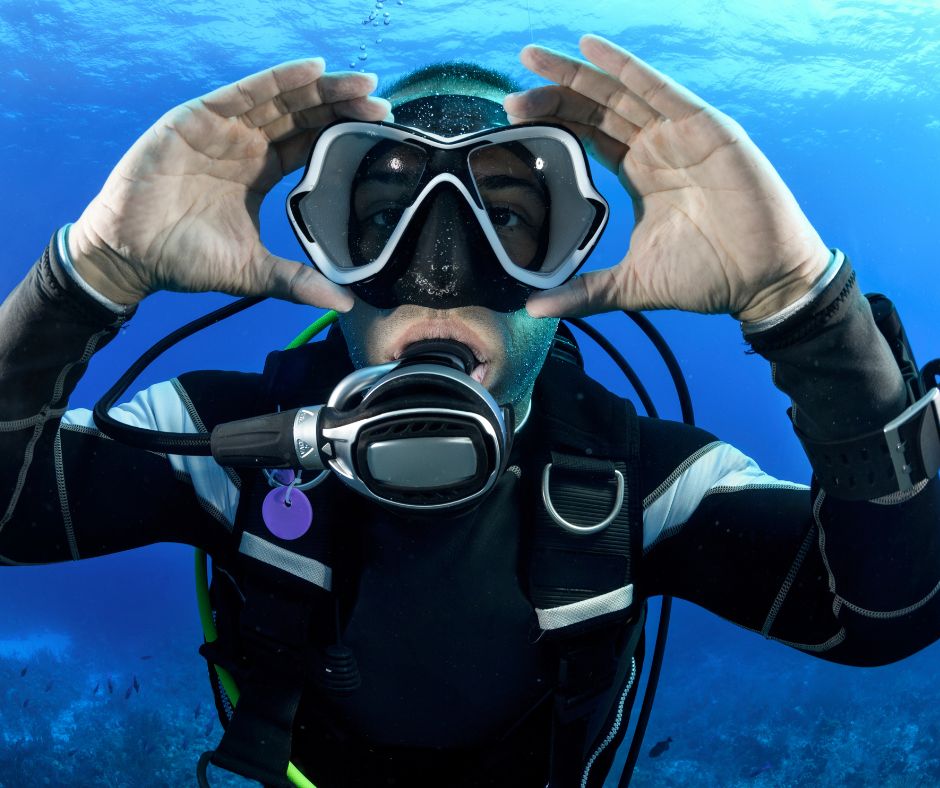
How Much Does Scuba Diving Gear Cost in India?
India’s scuba diving scene is growing rapidly, especially in places like Goa, Andaman Islands, Pondicherry, and Lakshadweep and so is its dive gear market.
Cost of Buying Scuba Gear in India (INR & USD Approximate):
| Equipment | INR | USD Equivalent |
| Mask & Snorkel | ₹2,500–₹6,000 | $30–$70 |
| Fins | ₹3,000–₹7,000 | $35–$85 |
| Wetsuit | ₹6,000–₹18,000 | $70–$220 |
| BCD | ₹25,000–₹60,000 | $300–$720 |
| Regulator Set | ₹28,000–₹75,000 | $340–$900 |
| Dive Computer | ₹18,000–₹80,000 | $215–$950 |
| Tank | ₹18,000–₹30,000 | $215–$360 |
Full Gear Set Cost in India:
Buying a full scuba gear set in India costs around ₹1.2 lakh to ₹2.5 lakh, or $1,400–$3,000, similar to international rates.
Where to Buy:
- Decathlon India (basic gear)
- Dive shops like Orca Dive Club, Barefoot Scuba, Planet Scuba India
- Amazon India (for masks/snorkels/fins)
Rentals in India:
Full gear rental costs ₹1,500–₹3,000 per day ($18–$35 USD), depending on the location.
Hidden Costs of Scuba Diving Gear You Need to Know
You’ve bought your gear. You’re done, right? Not quite.
Additional costs to plan for:
- Annual Regulator Servicing – $100–$150
- BCD Maintenance – $50–$100
- Tank Refills – $5–$10 per fill
- Hydrostatic Testing (tanks) – every 5 years, ~$30
- Visual Inspection (tanks) – yearly, ~$20
- Travel Fees & Dive Insurance – varies
Over time, even well-maintained gear needs replacing. Salt, sun, and sand take their toll.
Best Way to Buy Scuba Gear on a Budget?
You don’t need to buy it all at once. Here’s how to build your scuba gear set in stages:
Phase 1 – Start with Personal Gear ($200–$400)
- Mask
- Snorkel
- Fins
- Wetsuit
Phase 2 – Add Life-Support ($800–$1,500)
- Regulator
- BCD
- Dive Computer
Phase 3 – Add Optional Extras
- Tank
- Camera
- Cutting tools
- Lights
Look for diving equipment for sale during seasonal clearance sales, and bundle discounts from dive shops and training centers. Some shops offer gear trade-ins or rent-to-own programs.
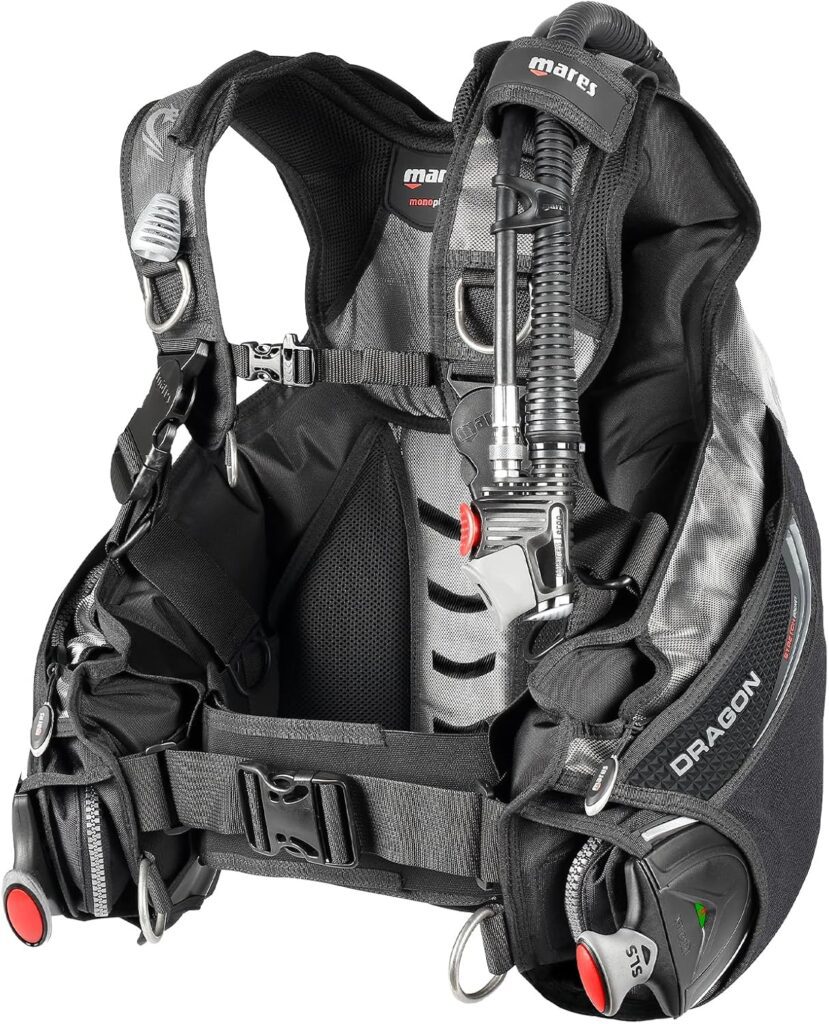
Buying Kits vs Individual Pieces
A scuba gear set kit from reputable brands like Cressi, Scubapro, Mares, or Aqualung may offer:
- Up to 15–25% cost savings
- Matched parts that integrate well
- One shipment, one invoice
But kits can lack customization. If you’re picky or have specific fit needs, buying individual pieces may be worth the added cost.
Check out the best scuba gear set reviews for beginners to compare value.
Regional Price Differences
Where you buy matters:
- US and Europe have competitive online dive shops.
- Southeast Asia is cheap for rentals but pricier for new gear.
- Australia is reliable but tends toward premium pricing.
- Latin America and the Caribbean can be hit-or-miss.
Always factor in import taxes, shipping, and warranty support in your country.
FAQ Corner (Real Questions, Real Answers)
Q: Can I dive with just a mask, snorkel, and fins?
A: That’s snorkeling. It’s lovely, but you’ll stay on the surface.
Q: Can I use scuba gear for freediving?
A: No. Scuba gear is too heavy and restrictive for freediving.
Q: Why are regulators so expensive?
A: Because your lungs are important. High precision, safety-certified engineering = higher cost.
A Quick Word on Certification & Safety
Before you even buy a regulator, make sure you’re properly trained. You’ll need to get certified first, and courses cost $350–$600 on average.
Why Knowing the Cost Matters
People don’t just ask how much does scuba diving gear cost because they’re curious. They’re trying to make a life decision:
- Is this hobby worth it?
- Can I afford to do it regularly?
- How do I dive safely without breaking the bank?
So the price isn’t just a number. It’s a gateway to a lifestyle.
The Bottom Line on How Much Does Scuba Diving Gear Cost
So, how much does scuba diving gear cost? Expect to invest between $1,500 and $3,000. Here’s the truth: yes, scuba gear is an investment. But so is travel, photography, fitness, or music. If the ocean calls to you – if you want to float weightless among coral, hear the silence of depth, and feel what it’s like to breathe underwater, it’s worth every penny.
And no, you don’t need to buy a $3,000 kit on day one. Start small. Rent. Borrow. Learn. Build. Then buy what fits you, your body, your budget, and your underwater dreams.
